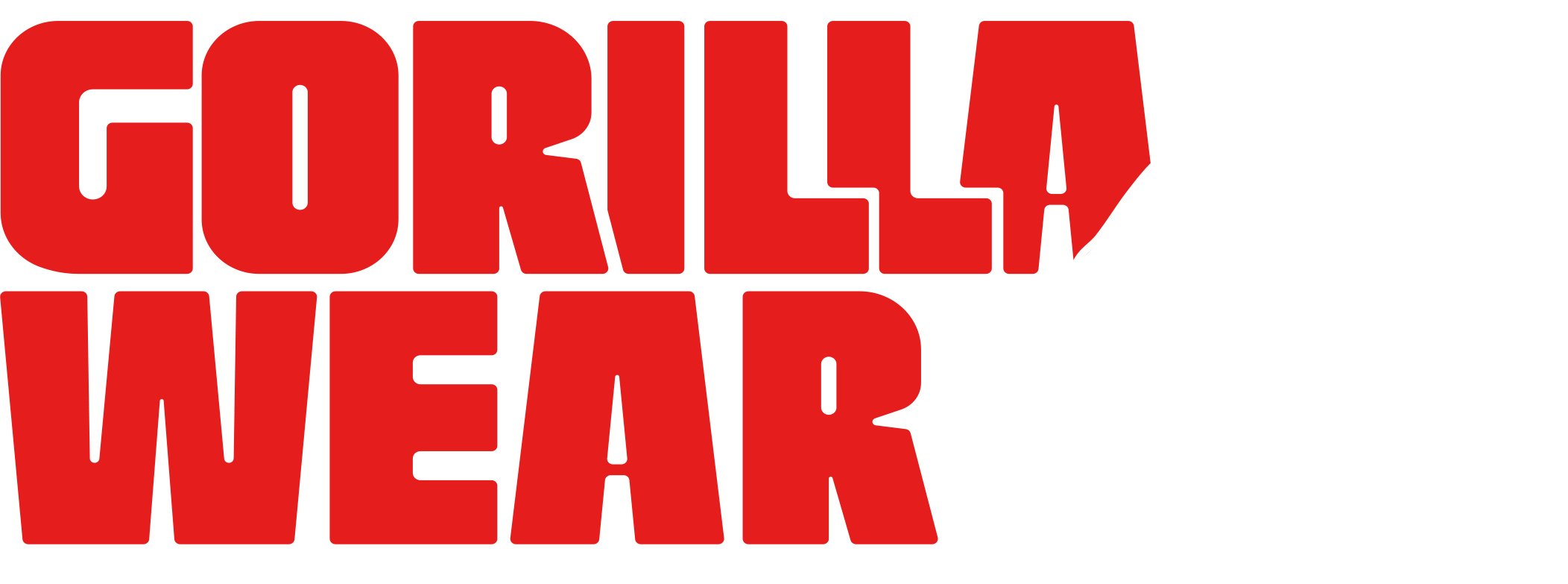
Whether you're a seasoned powerlifter or just getting into heavy lifting, a lifting belt can be a game-changer in your training routine. In this guide, we cover all the benefits, usage tips, and when to make lifting belts a part of your workout. We’ve got the facts so you can make an informed decision for your next session.
Why Use a Lifting Belt?
Lifting belts are designed to provide extra support to your lower back and core, especially during heavy lifts like squats and deadlifts. With the added stability a belt provides, you can lift heavier weights and protect your back from injury. The belt increases intra-abdominal pressure, relieving pressure on the spine and reducing the risk of injury. For both beginners and advanced lifters, a lifting belt can lead to more power and confidence with heavy lifts.
Main Benefits of a Lifting Belt
- Injury Prevention: By supporting your core and back, a lifting belt can help prevent injuries, especially during heavy lifts.
- Better Stability and Control: A lifting belt helps you maintain better posture, giving you more control and strength in your lifts.
- Breaking Plateaus: Stuck on a certain weight? A lifting belt can help break through that barrier by giving you added stability.
When You Don’t Need a Lifting Belt
While a lifting belt can be helpful, it’s not always necessary:
- For lighter exercises: Bodyweight or light dumbbell exercises don’t need a lifting belt.
- If you’re working on form: A belt can’t fix poor technique. Focus on your posture and movement first before adding a belt.
- For core training: Strong core muscles are essential for strength and stability. Overusing a lifting belt can limit core development.
When a Lifting Belt is Needed
Especially during heavy lifts like squats and deadlifts, a lifting belt can protect your back by distributing the load between your back and core. Here are some situations where a belt is valuable:
- For heavy lifts (80% of max strength): A lifting belt can help prevent injuries when you’re training with a high percentage of your max weight.
- For advanced lifters: Once you’re regularly lifting heavy weights, a lifting belt offers extra stability and can boost your strength.
Types of Lifting Belts
There are various types of belts, each with unique features:
- Leather Lifting Belts: Durable and sturdy, these are popular among powerlifters for their excellent support.
- Neoprene Belts: Lighter and more flexible than leather belts, neoprene belts are often used for general strength training due to their comfort.
- Lever Lifting Belts: These leather belts have a metal lever for quick adjustments, making them ideal for intense strength training.
How to Wear a Lifting Belt Correctly
To get the most out of a lifting belt, it needs to fit right. Place the belt snugly around your core, just under the ribcage and above the hips. It should be tight enough to provide support but not restrict breathing. Make sure the belt has the right tension for heavy lifts and loosen it after each set for maximum comfort.
Take Your Training Further with a Lifting Belt
A lifting belt can enhance your stability and strength, providing the support needed for challenging lifts and helping you achieve your fitness goals with more confidence and safety.
Leave a comment








